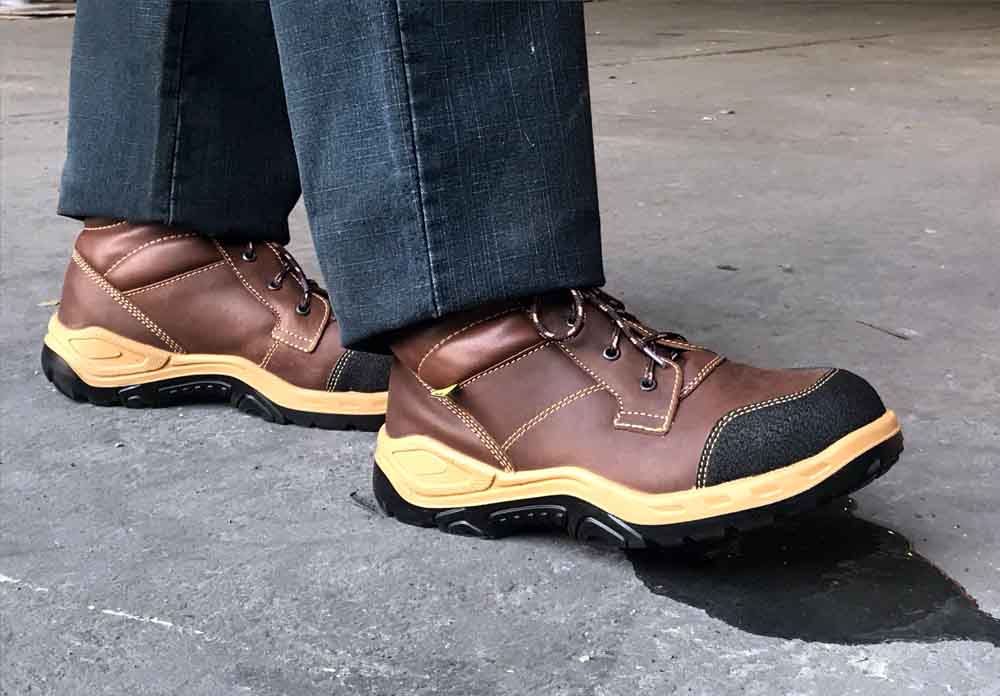
Occupational risks associated with the feet
All work areas have implicit risks, which can be minimized through an adequate management of occupational risks. The process of risk assessment is essential to identify and estimate the magnitude of those hazards associated with work activity, to create preventive measures to reduce them.
The National Institute for Safety and Hygiene at Work lists the most common occupational risks associated with the feet:
Injuries or accidents of the feet are often caused by not using adequate protection and can be avoided with the use of safety footwear appropriate to the risk or area involved.
Calzados Sicura has safety footwear models that cover most of the risks mentioned in this publication. We have ISO 9001: 2015 Quality Certification and we comply with the most demanding international specifications and regulations.
We invite you to know our models of safety footwear and its technical specifications in our PRODUCT SECTION.

We are a Venezuelan company founded in 1992 in Guatire, Venezuela, with the purpose of manufacturing safety, protective and work footwear.
© 2021 | Calzado Sicura